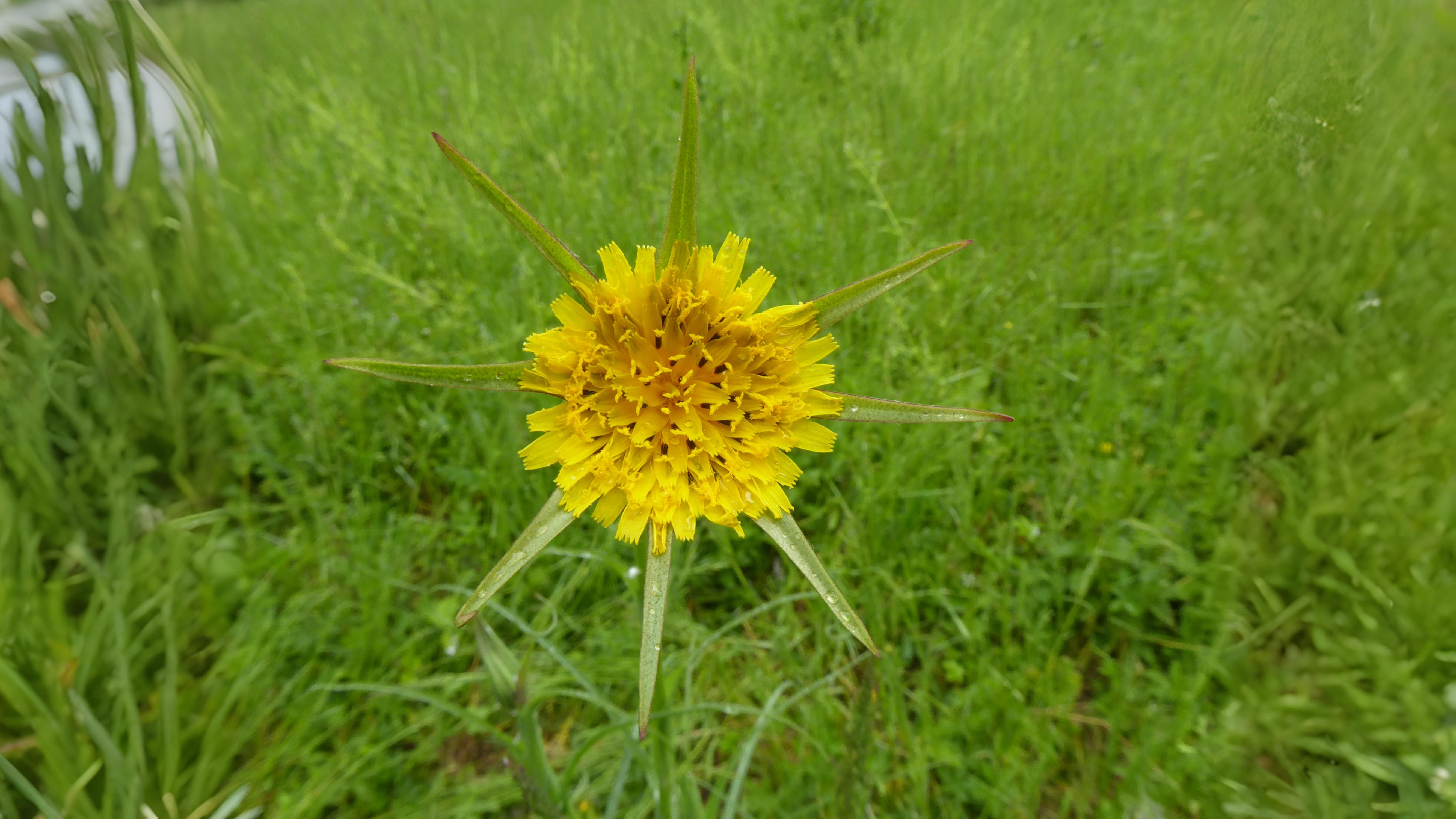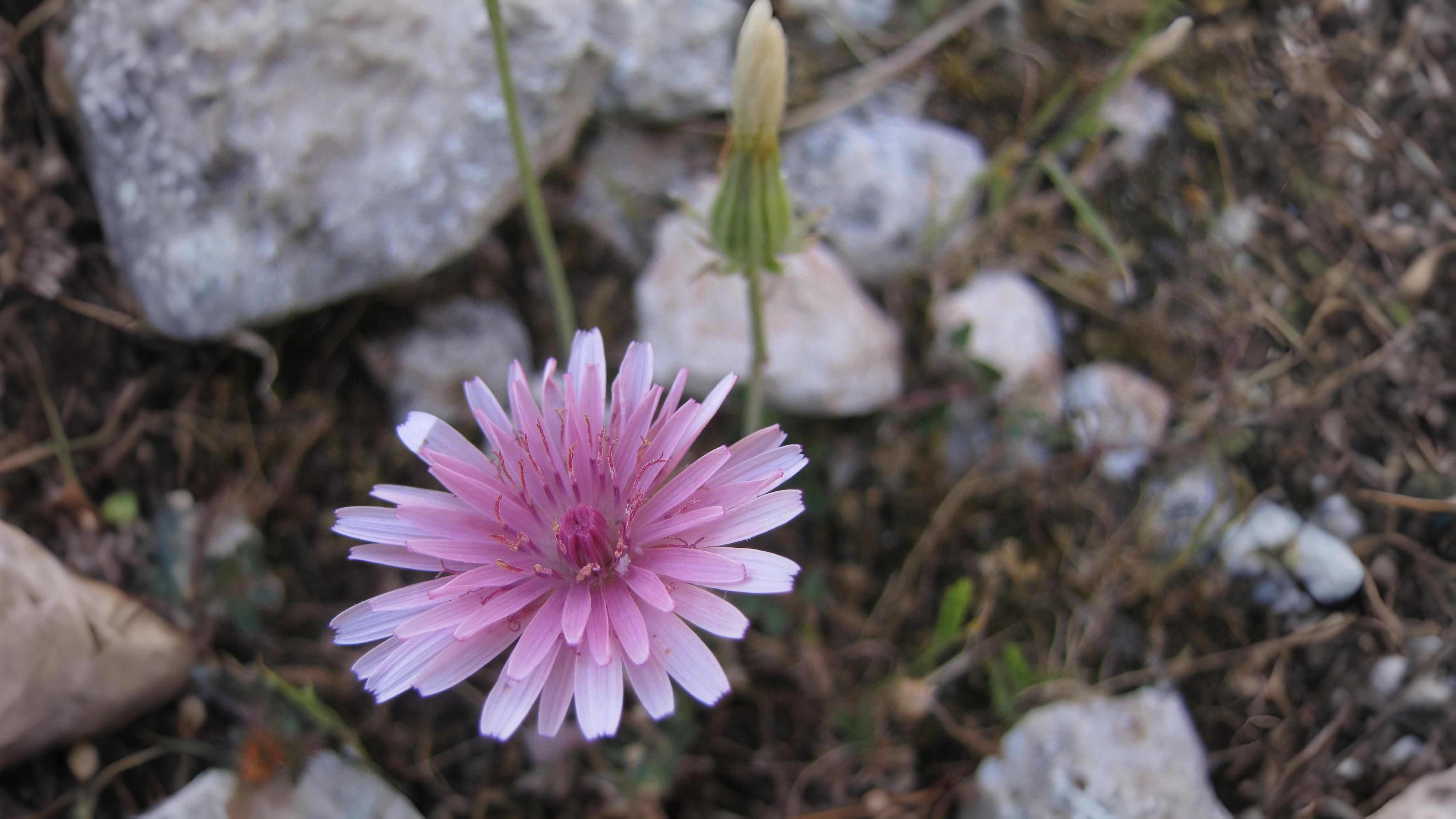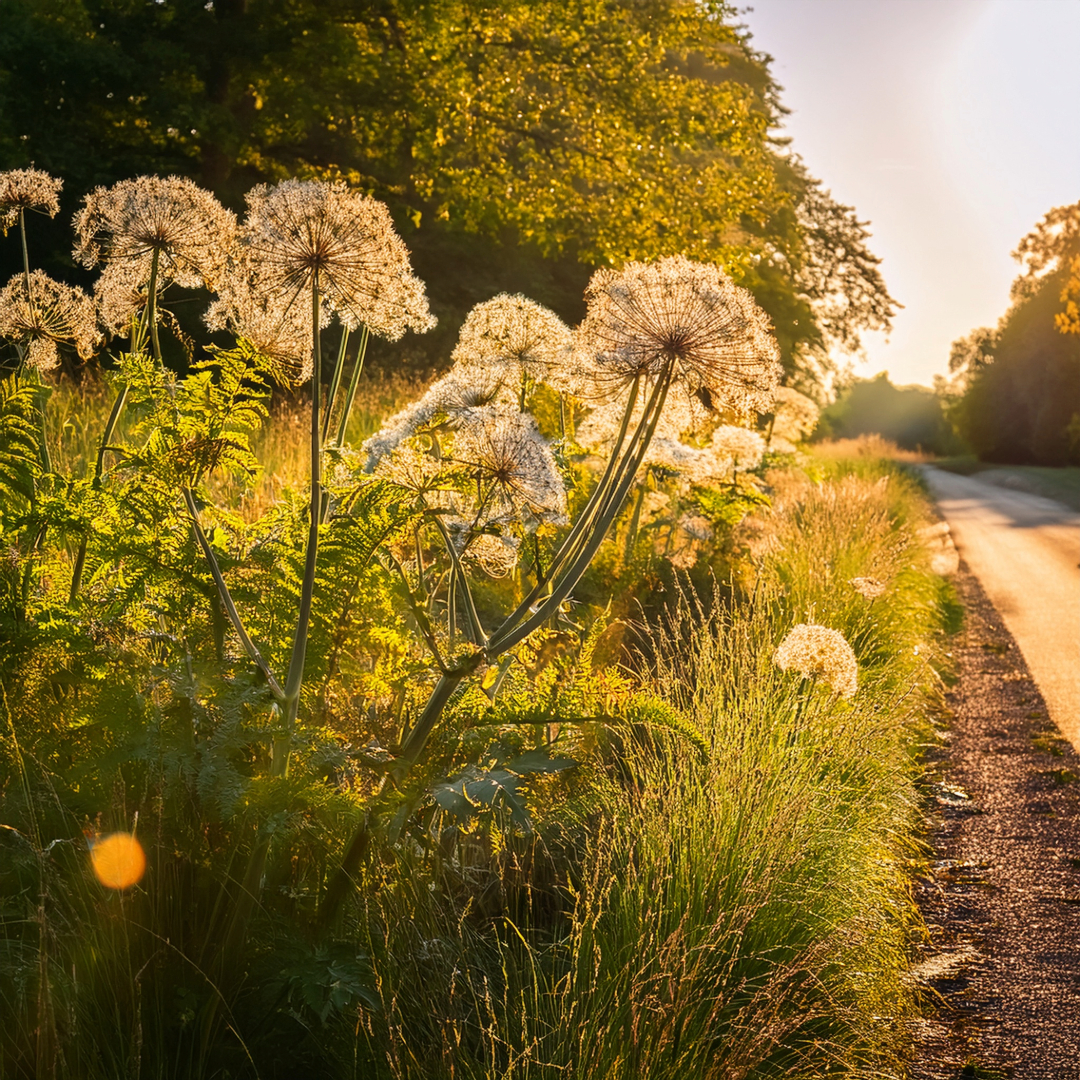
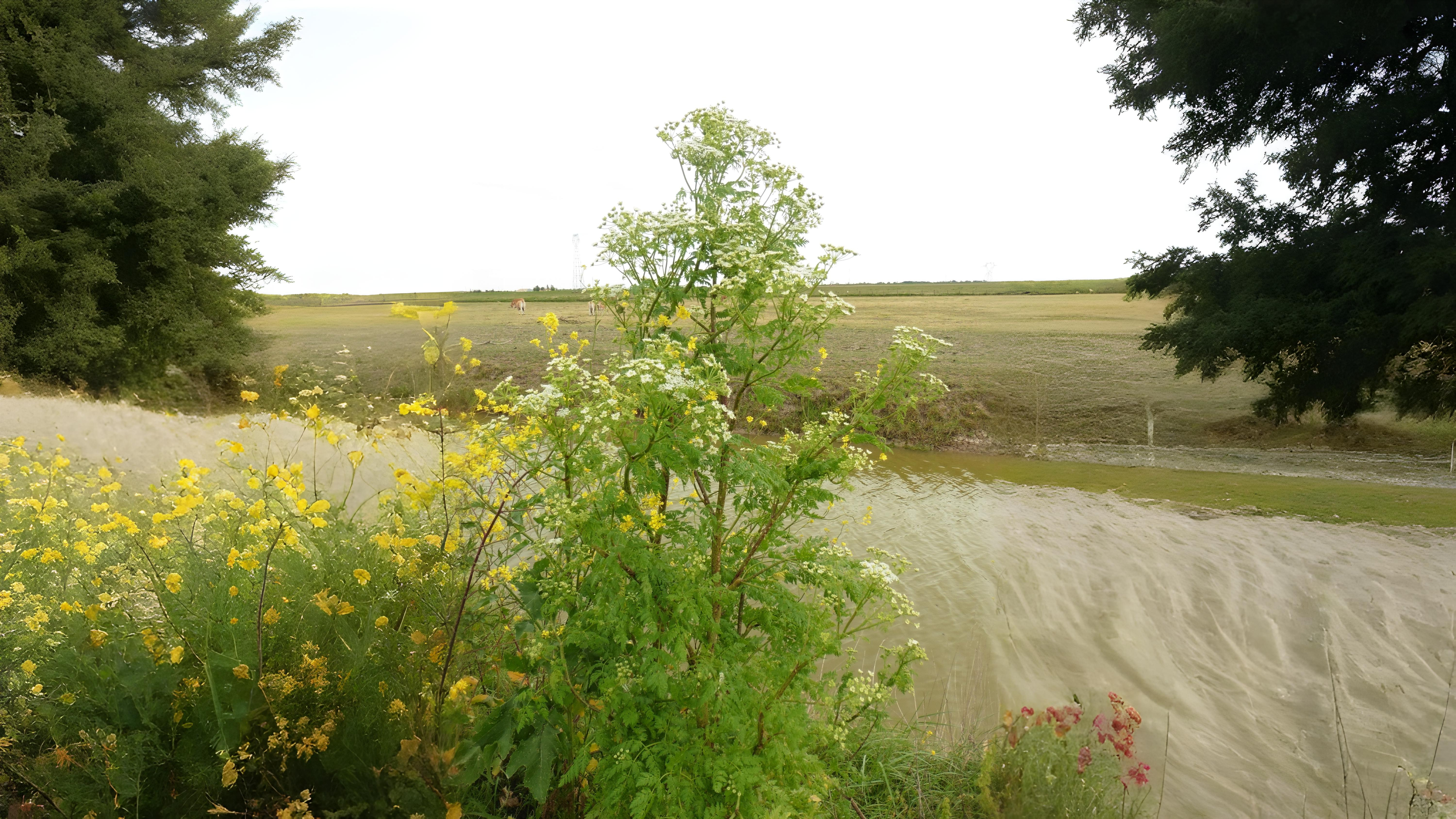

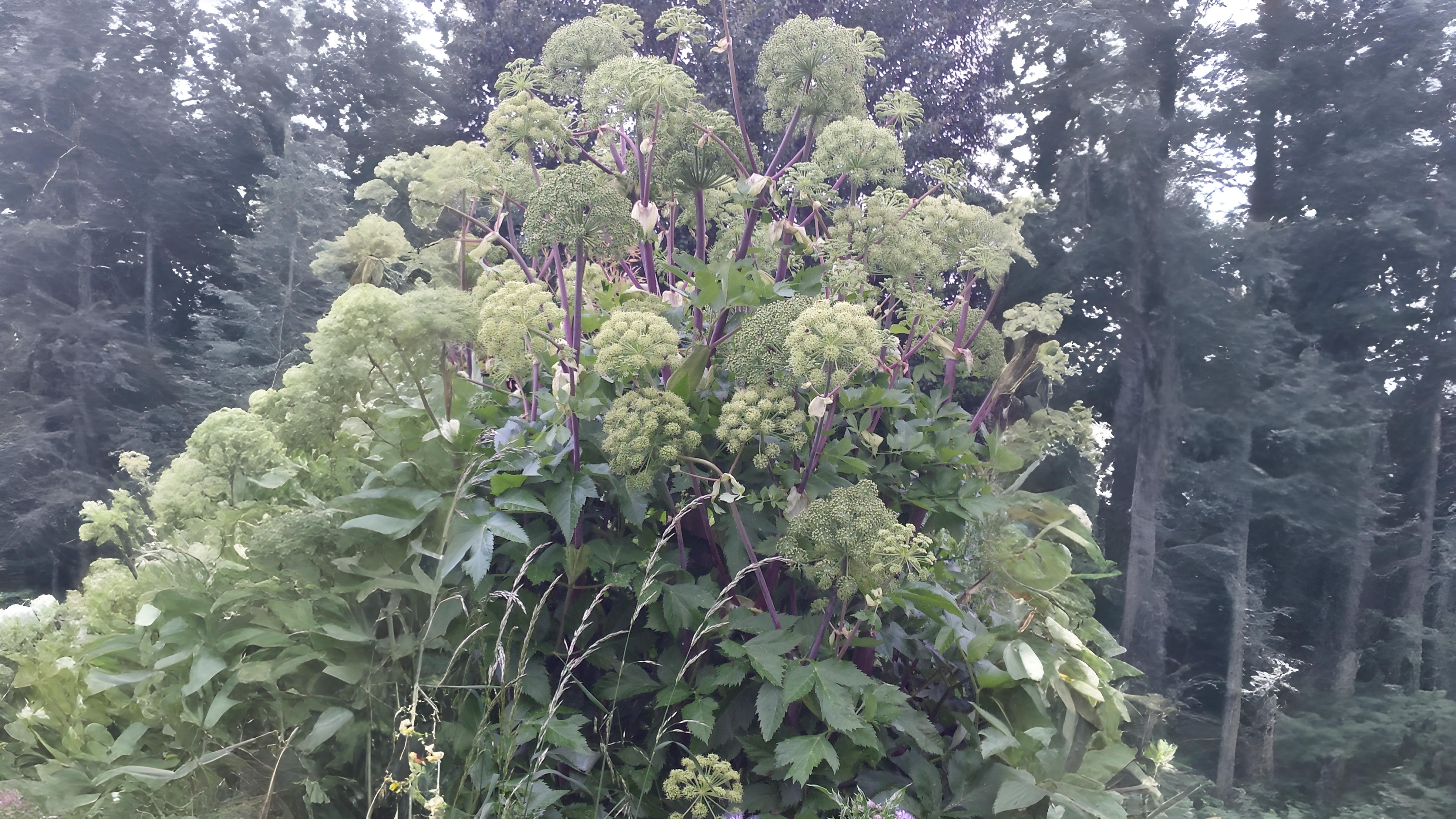

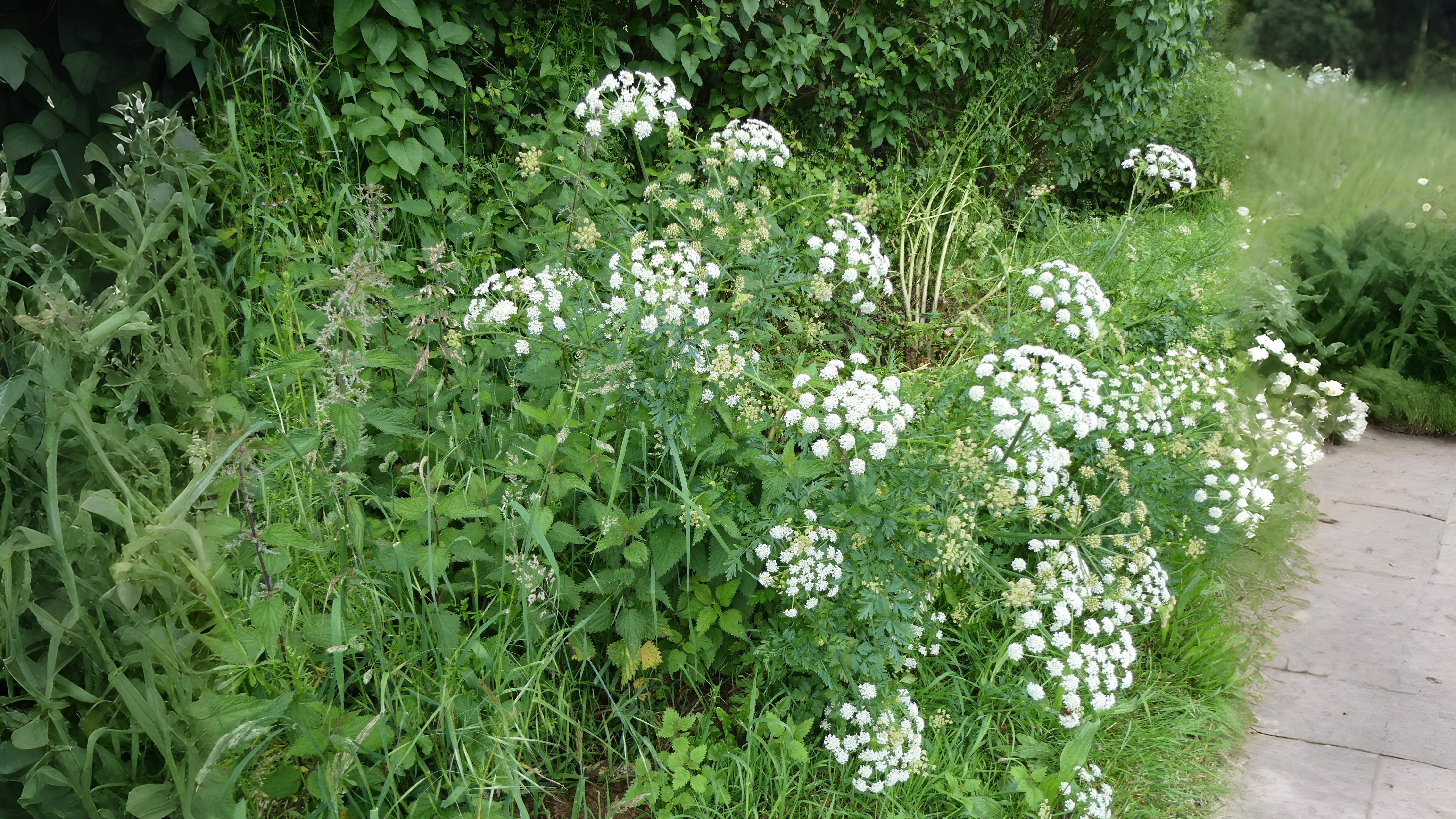

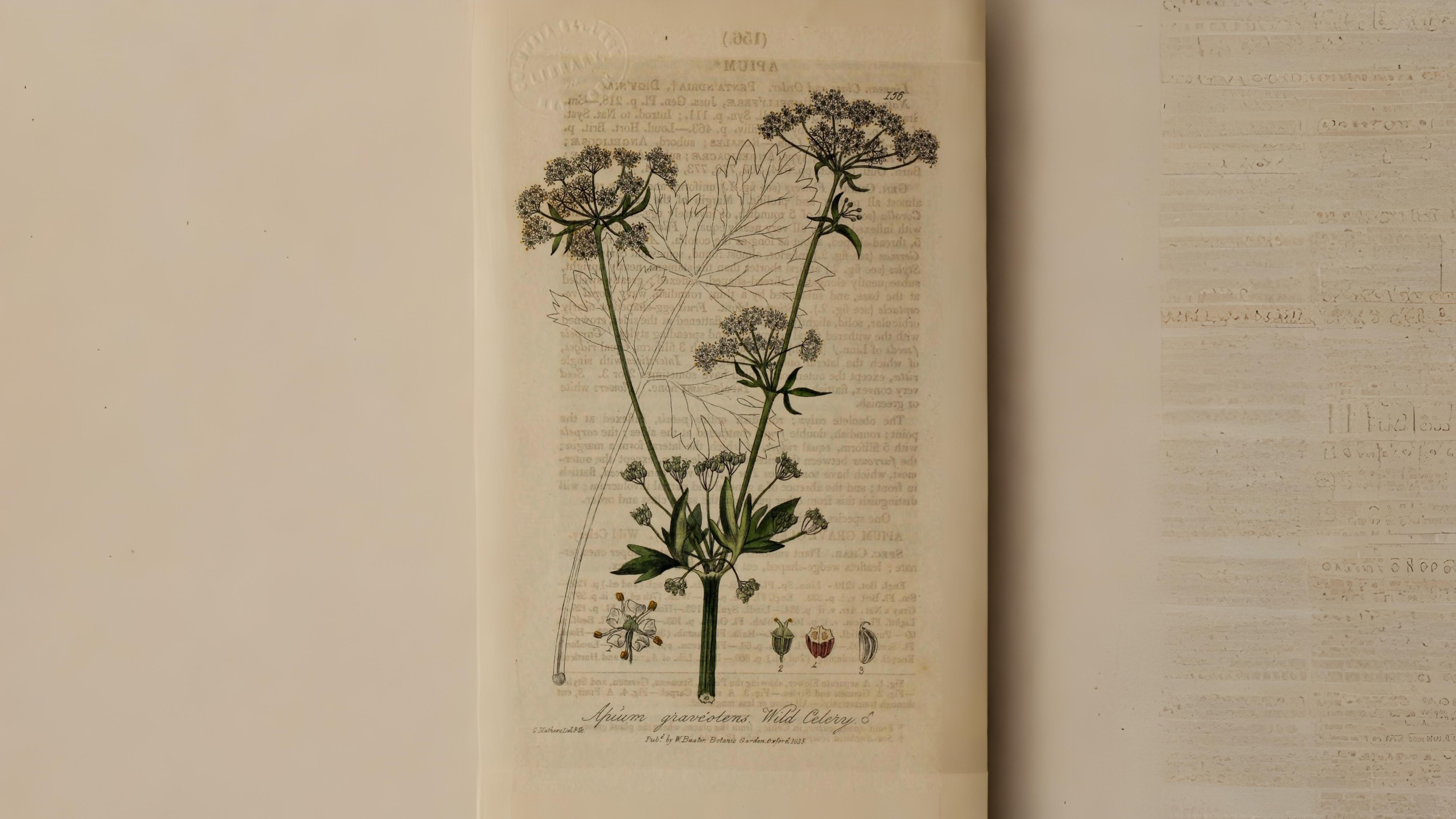



Another very common plant with a dandelion-like flower is autumn hawkbit Leontondon autumnalis. This has noticeably round ends to its leaves. Any confusion among these species will get worse when various new hawkweeds Hieracium spp. start to appear. There are twenty thousand of these worldwide, two hundred in Britain and in the region of forty in London.
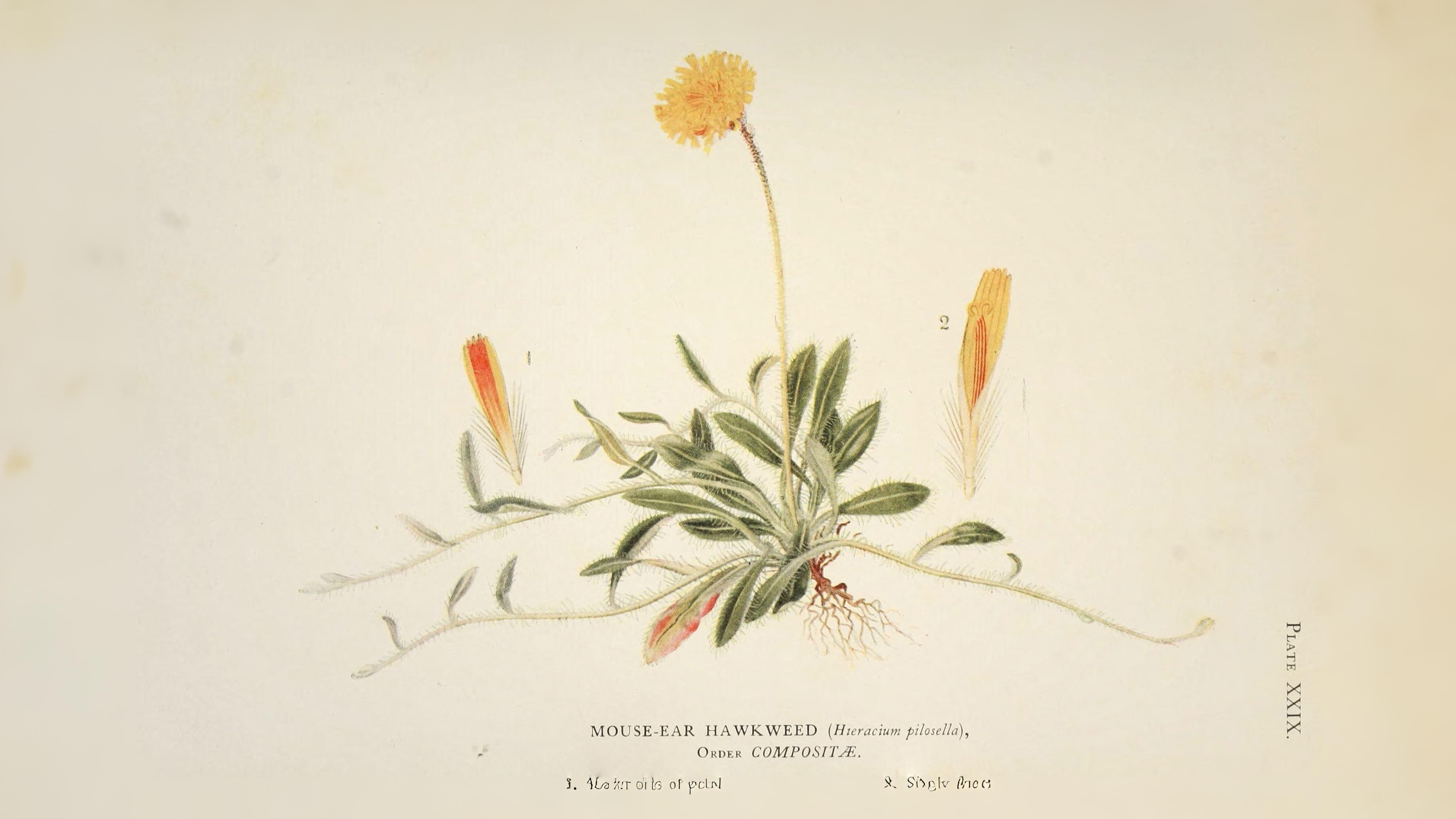

Bristly ox-tongue is distinguished by the white spots on its leaves which are too bristly to touch. Other composites easy to recognise, which are now common, are nipplewort Lapsana communis, wall lettuce Mycelis muralis, Jack-go-to-bed-at-noon Tragopogon pratensis and the compass plant Lactuca serriola with a habit of constantly changing the direction of its leaves. When trying to decide whether the flower is a hawksbit, hawkweed or hawksbeard it may help that hawksbits tend to have petals which are all the same length and leaves like a dandelion.
